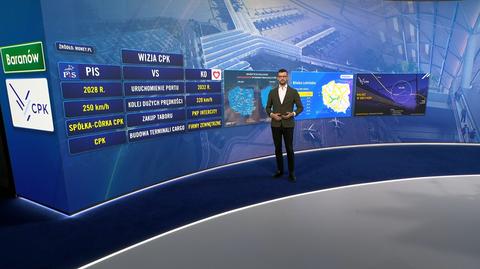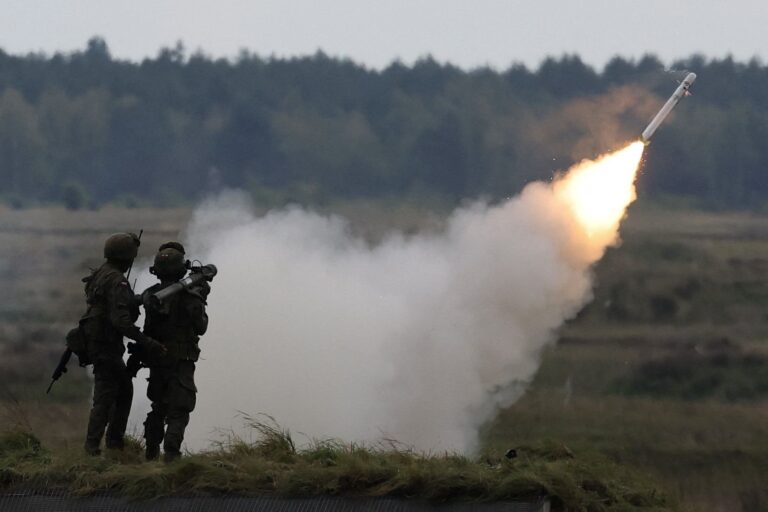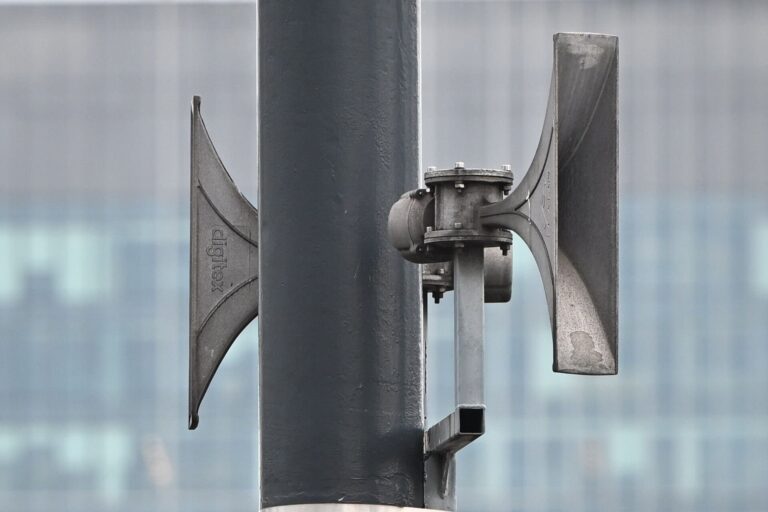Biznes Fakty
Two visions for the future of CPK. What does President Karol Nawrocki want to change?

– While the location and name of the company stay the same, the differences lie in the timelines and technical specifics – stated Artur Molęda on TVN24, in reference to Karol Nawrocki’s proposal regarding the Central Communication Port.
The establishment of the Central Communication Port appears highly likely, yet the crucial inquiry remains: what form will the investment assume? The government is currently dedicating considerable efforts to the project, which has also captured the interest of the newly elected president.
During his initial days in office, Karol Nawrocki introduced his legislative initiative pertaining to the CPK. The president’s proposal advocates a return to the original investment model, highlighting the enhancement of the „spoke” railway network and the incorporation of smaller towns into the transportation framework.
Artur Molęda, while discussing on TVN24, noted that in the new president’s proposal, „the location and name of the company stay the same, but the variations pertain to the timelines and technical aspects.” „For the president’s plan to gain approval, it must be sanctioned by parliament,” he clarified.
Increased speed of high-speed rail
Molęda highlighted the discrepancies in the schedule and specifications of the railway project between the government’s plan and that proposed by PiS. „According to Law and Justice, the CPK was slated to become operational in 2028, whereas the Civic Coalition, after re-evaluating, determined that 2032 is a more feasible date. The high-speed rail scheme suggested by PiS was intended to operate at 250 km/h, while the Civic Coalition accelerated it to 320 km/h, also altering the railway routes,” he stated.
As Molęda emphasized, the differences extend to the organization of the investment. „The PiS vision entails a CPK subsidiary acquiring the rolling stock for the High-Speed Rail system, while the CPK itself would construct the cargo terminal. Conversely, the Civic Coalition proposes that PKP Intercity procure the rolling stock, and that external companies like LS Service build the cargo terminal, which would mitigate reliance on prices set by the CPK,” the journalist explained.
The PiS project embodies „unrealistic visions”
The topic of Kalisz, which was excluded from the high-speed rail line in the current government’s proposal, also received attention. This exclusion aims to decrease travel durations. „The presidential map illustrates the railway network including Kalisz, which, per the Law and Justice party (PiS) plan, was supposed to be part of the high-speed rail line, traveling at 250 kilometers per hour. The Civic Coalition revised the route for a faster 320 kilometers per hour, with an alternative route bypassing Kalisz but ensuring effective connections to Poznań and Warsaw,” he clarified.
Finally, the journalist addressed the government’s perspective. „We’ve heard from Maciej Lasek, for instance, who oversees the Central Communication Port project on behalf of the government, stating that this presidential initiative is, in essence, the execution of unrealistic political ambitions and a deceleration in rail traffic, while the actions being taken by the current government are tangible,” he concluded.
CPK – what phase is the project in?
On Wednesday, the CPK announced that it had received the designs for the airport terminal and railway station from the chief architect. At present, the necessary documentation is being prepared for applications for building permits, which, according to Deputy Minister of Infrastructure Maciej Lasek, are anticipated to be submitted in 2025.
Currently, design documentation is under preparation, including for runways, taxiways, aprons, and segments of the airport-related roadways, as part of the work by the CPK’s general civil engineering designer. Design documentation for the airport’s auxiliary facilities, such as administration buildings, maintenance bases, meteorological services, environmental hazard management, fire stations, and the air traffic control tower is also being prepared.
 CPK – schematic Ministry of Infrastructure
CPK – schematic Ministry of InfrastructureOn Thursday, the company announced that it had submitted a complete set of applications for location decisions for the high-speed railway on the section connecting Warsaw and the CPK, as well as three out of seven for the CPK-Łódź segment.
The Masovian Voivode issued the location decision for the CPK airport in January of this year. In May, the CPK company announced a competitive dialogue procedure to select a general contractor for the airport’s passenger terminal, and in July, bids for the baggage handling system were opened. By the end of 2025, the CPK company plans to announce additional tenders amounting to approximately PLN 30 billion.
The current CPK Program encompasses the construction of a central airport between Warsaw and Łódź, alongside a high-speed rail system. The new airport will initially be designed to accommodate 34 million passengers annually and will be adaptively expanded over time, in alignment with market demands and projections.



